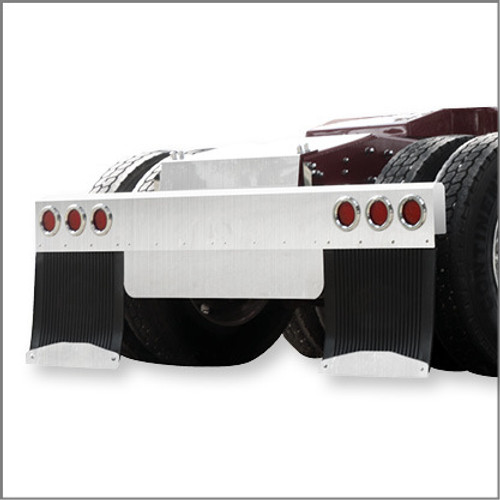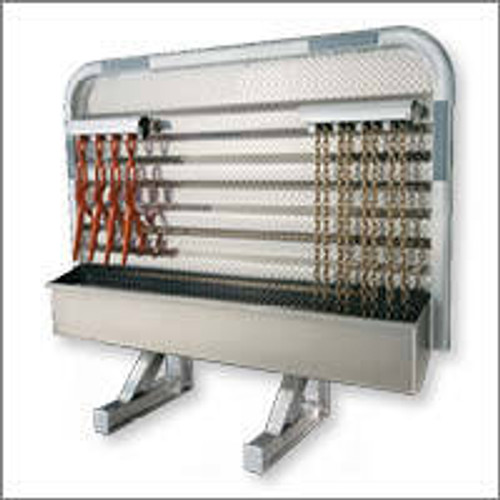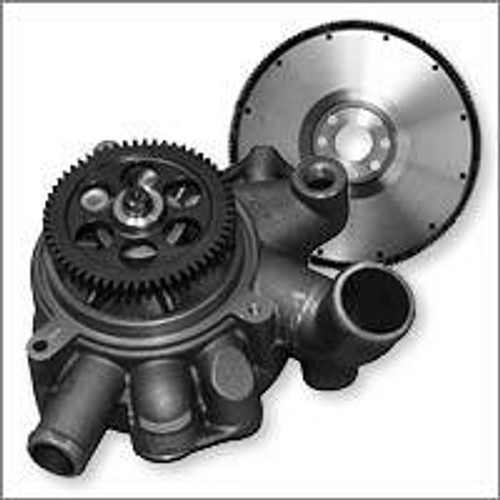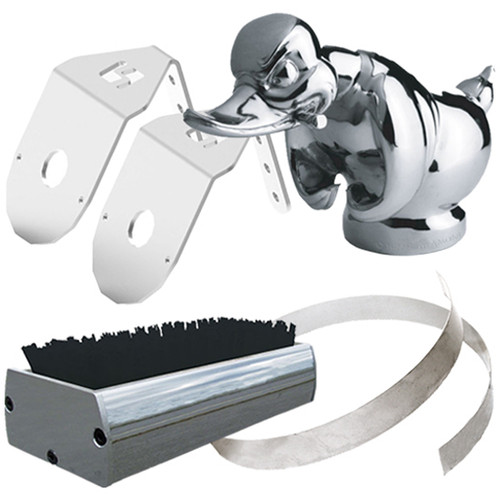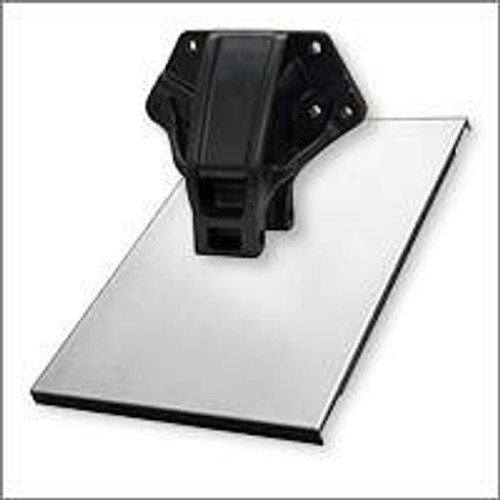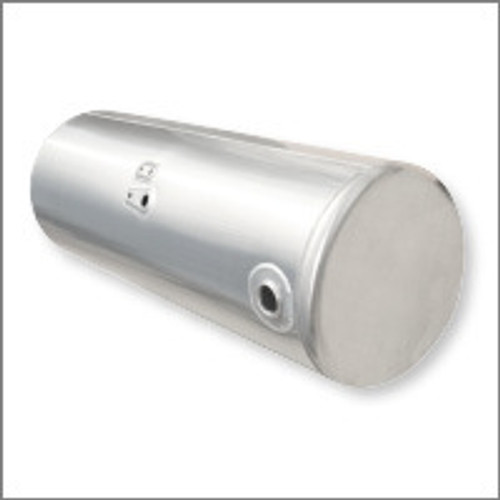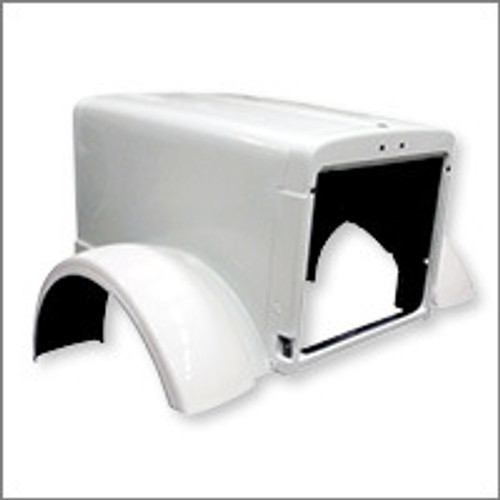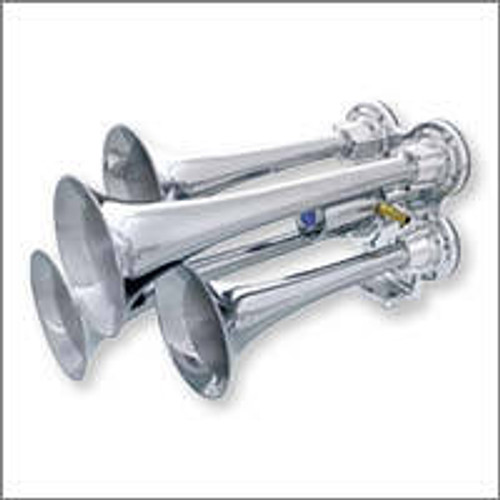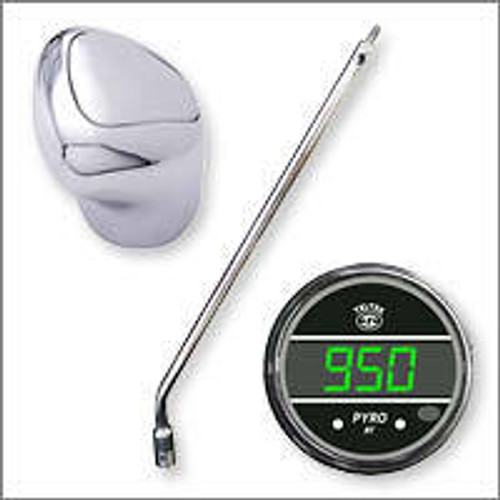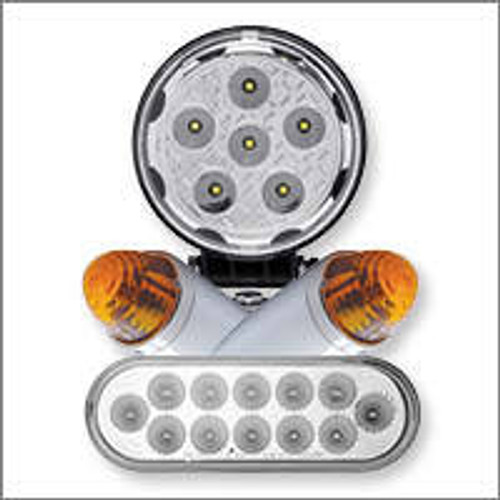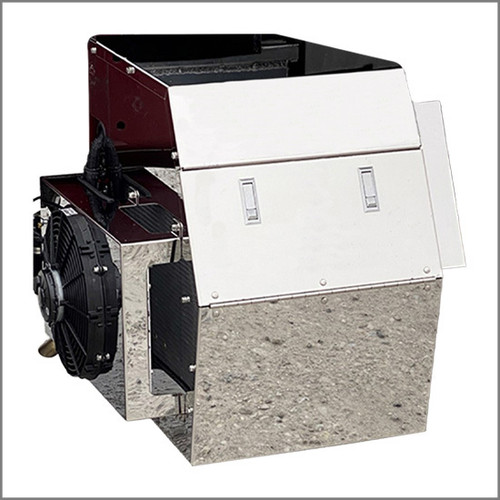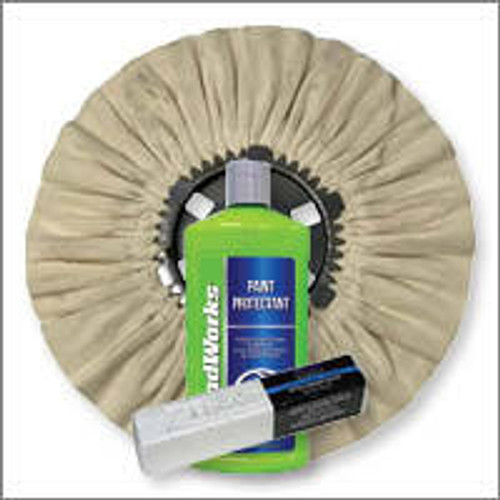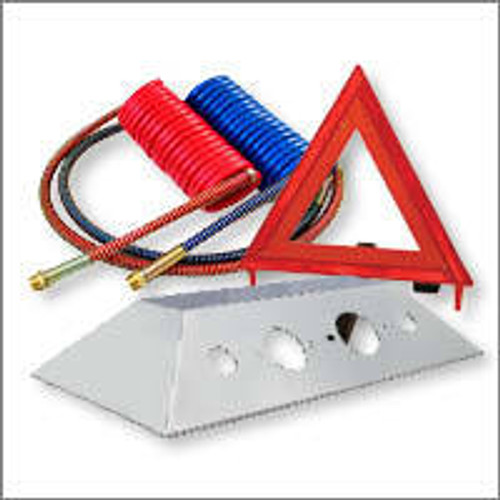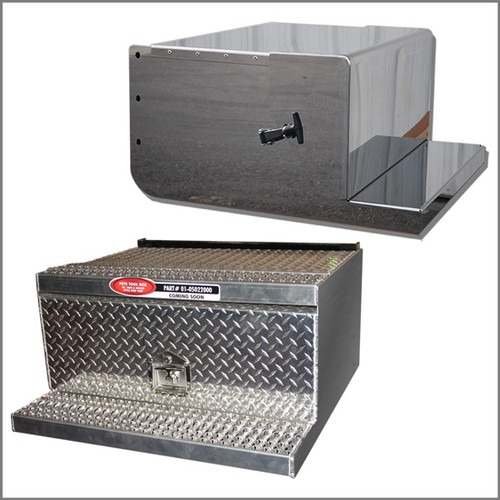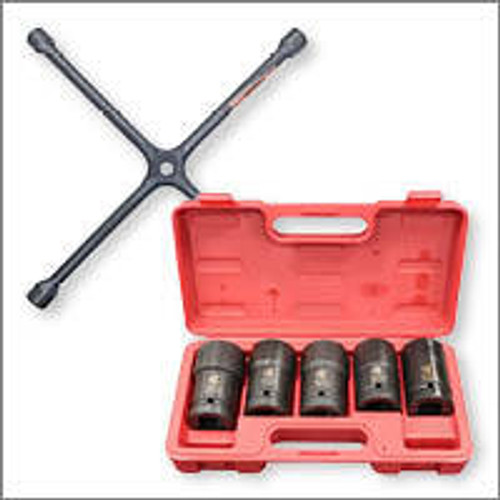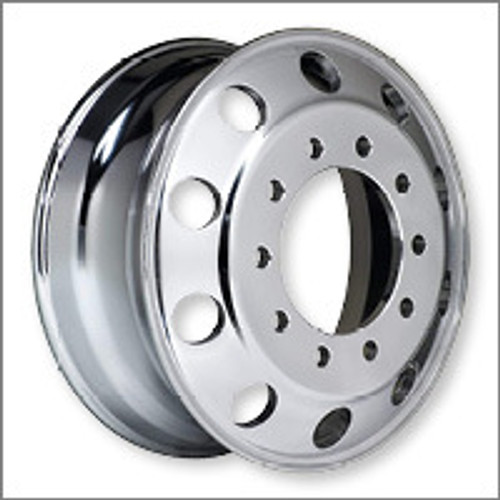
Peterbilt 362 Parts
Find the best Peterbilt 362 aftermarket and custom parts in the business here at 4 State. The Peterbilt 362 is a dependable, heavy-duty truck model that meets the brand's commitment to durability, comfort, and safety for truck owners. When you drive a Pete 362, you'll enjoy the combination of power and strength - and, with help from 4 State Trucks, you can customize your truck to meet your exact needs. We've got aftermarket and custom bumpers, lights, toolboxes, and all the aftermarket interior and exterior parts you need for your Pete 362.
-
 Peterbilt 362 Bumpers
Peterbilt 362 Bumpers
-
 Peterbilt 362 Drivetrain Parts
Peterbilt 362 Drivetrain Parts
-
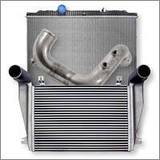 Peterbilt 362 Engine Parts & Cooling
Peterbilt 362 Engine Parts & Cooling
-
 Peterbilt 362 Exhaust Parts
Peterbilt 362 Exhaust Parts
-
 Peterbilt 362 Exterior Parts
Peterbilt 362 Exterior Parts
-
 Peterbilt 362 Frame & Chassis
Peterbilt 362 Frame & Chassis
-
 Peterbilt 362 Fuel Tanks
Peterbilt 362 Fuel Tanks
-
 Peterbilt 362 Grilles
Peterbilt 362 Grilles
-
 Peterbilt 362 Heat & AC Parts
Peterbilt 362 Heat & AC Parts
-
 Peterbilt 362 Hoods & Related
Peterbilt 362 Hoods & Related
-
 Peterbilt 362 Interior Acc.
Peterbilt 362 Interior Acc.
-
 Peterbilt 362 LED Headlights
Peterbilt 362 LED Headlights
-
 Peterbilt 362 Lights
Peterbilt 362 Lights
-
 Peterbilt 362 Mud Flaps
Peterbilt 362 Mud Flaps
-
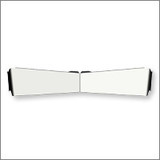 Peterbilt 362 Visors
Peterbilt 362 Visors
Universal Parts
-
![Semi-Truck Bumpers Universal]() Semi-Truck Bumpers Universal
Semi-Truck Bumpers Universal
-
![Semi-Truck Cargo Equipment Universal]() Semi-Truck Cargo Equipment Universal
Semi-Truck Cargo Equipment Universal
-
![Semi-Truck Electronics Universal Parts]() Semi-Truck Electronics Universal Parts
Semi-Truck Electronics Universal Parts
-
![Semi-Truck Engine Cooling Parts Universal]() Semi-Truck Engine Cooling Parts Universal
Semi-Truck Engine Cooling Parts Universal
-
![Semi-Truck Engine Parts Universal]() Semi-Truck Engine Parts Universal
Semi-Truck Engine Parts Universal
-
![Semi-Truck Exhaust Universal Parts]() Semi-Truck Exhaust Universal Parts
Semi-Truck Exhaust Universal Parts
-
![Semi-Truck Exterior Parts Universal]() Semi-Truck Exterior Parts Universal
Semi-Truck Exterior Parts Universal
-
![Semi-Truck Fenders Universal]() Semi-Truck Fenders Universal
Semi-Truck Fenders Universal
-
![Semi-Truck Frame Chassis Universal]() Semi-Truck Frame Chassis Universal
Semi-Truck Frame Chassis Universal
-
![Semi-Truck Fuel Tanks Universal]() Semi-Truck Fuel Tanks Universal
Semi-Truck Fuel Tanks Universal
-
![Semi-Truck Hoods Related Universal]() Semi-Truck Hoods Related Universal
Semi-Truck Hoods Related Universal
-
![Semi-Truck Horns Universal]() Semi-Truck Horns Universal
Semi-Truck Horns Universal
-
![Semi-Truck Interior Parts Universal]() Semi-Truck Interior Parts Universal
Semi-Truck Interior Parts Universal
-
![Semi-Truck Lighting Universal]() Semi-Truck Lighting Universal
Semi-Truck Lighting Universal
-
![Semi-Truck Mud Flaps Universal]() Semi-Truck Mud Flaps Universal
Semi-Truck Mud Flaps Universal
-
![Semi-Truck No Idle Universal]() Semi-Truck No Idle Universal
Semi-Truck No Idle Universal
-
![Semi-Truck Polishing Universal]() Semi-Truck Polishing Universal
Semi-Truck Polishing Universal
-
![Semi-Truck Safety, Air & Electrical Universal]() Semi-Truck Safety, Air & Electrical Universal
Semi-Truck Safety, Air & Electrical Universal
-
![Semi-Truck Seats Universal]() Semi-Truck Seats Universal
Semi-Truck Seats Universal
-
![Semi-Truck Tool Boxes Universal]() Semi-Truck Tool Boxes Universal
Semi-Truck Tool Boxes Universal
-
![Semi-Truck Tools Universal]() Semi-Truck Tools Universal
Semi-Truck Tools Universal
-
![Semi-Truck Wheels Tires Universal]() Semi-Truck Wheels Tires Universal
Semi-Truck Wheels Tires Universal


